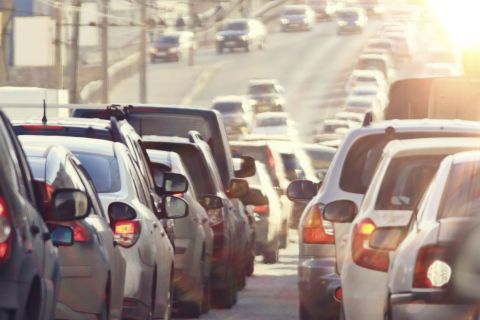Disappointing EU plan to cut car air pollutant emissions will confuse consumers
About this publication
While electric cars are increasingly popular, petrol and diesel cars will be produced and sold well into the 2030s and driven into the 2040s. Plans unveiled by the European Commission to lower air pollutants from cars do not sufficiently address the emissions caused by new fossil fuel vehicles hitting Europe’s roads in the years to come.
So-called ‘EURO’ standards progressively lower pollutant emissions, such as nitrogen oxides (NOx) and particulate matter (PM). We are currently in the sixth generation of reduction targets for these emissions, known as EURO6, which were developed almost 15 years ago.
Despite some improvements compared to what was foreseen in the leaked versions, the European Commission’s plans for a seventh generation of standards (EURO7), unveiled today, are disappointing. As explained on Twitter last Monday, BEUC advises the EU to keep things simple by lowering pollutant emissions for all cars, in all real-world driving conditions, and throughout the lifetime of a vehicle.
Monique Goyens, Director General at the European Consumer Organisation (BEUC), commented:
“It is completely unrealistic to expect a consumer to go into a dealership and ask for something as cryptic as a EURO7 plus, 7A, or 7G car. This will certainly lead to confusion and could easily open the door to greenwashing.
“Restricting the time that a car is required to meet emissions limits will cause second or third hand owners to end up with vehicles that no longer comply with the law. This sets the bar too low, and displaces air pollution from wealthier to poorer regions.”
What’s wrong with the European Commission’s proposal for EURO7
-
Cars would have to comply with emissions limits until 200,000 km or 10 years, whichever comes first. This means that a car’s emission control technologies will likely only work for this period. This sets a low bar, as cars on the road in the EU are on average 12 years old with great disparities between wealthier and poorer regions.
-
The introduction, without any stated reason or in-depth explanation, of new sub-categories for EURO7 (called EURO7+, 7A, 7G) will confuse consumers. For instance, a ‘EURO7G’ standard would mean that a plug-in hybrid car can only run on electricity in low-emission zones. It is unclear how this will work in practice.
On the positive side, consumer organisations do note that the European Commission takes into account the rise of electric cars by proposing a new requirement related to the durability of batteries, and new limits for brake and tyre emissions.
Next steps
This European Commission plan will now be scrutinised by the European Parliament and EU Member States.
Download:

